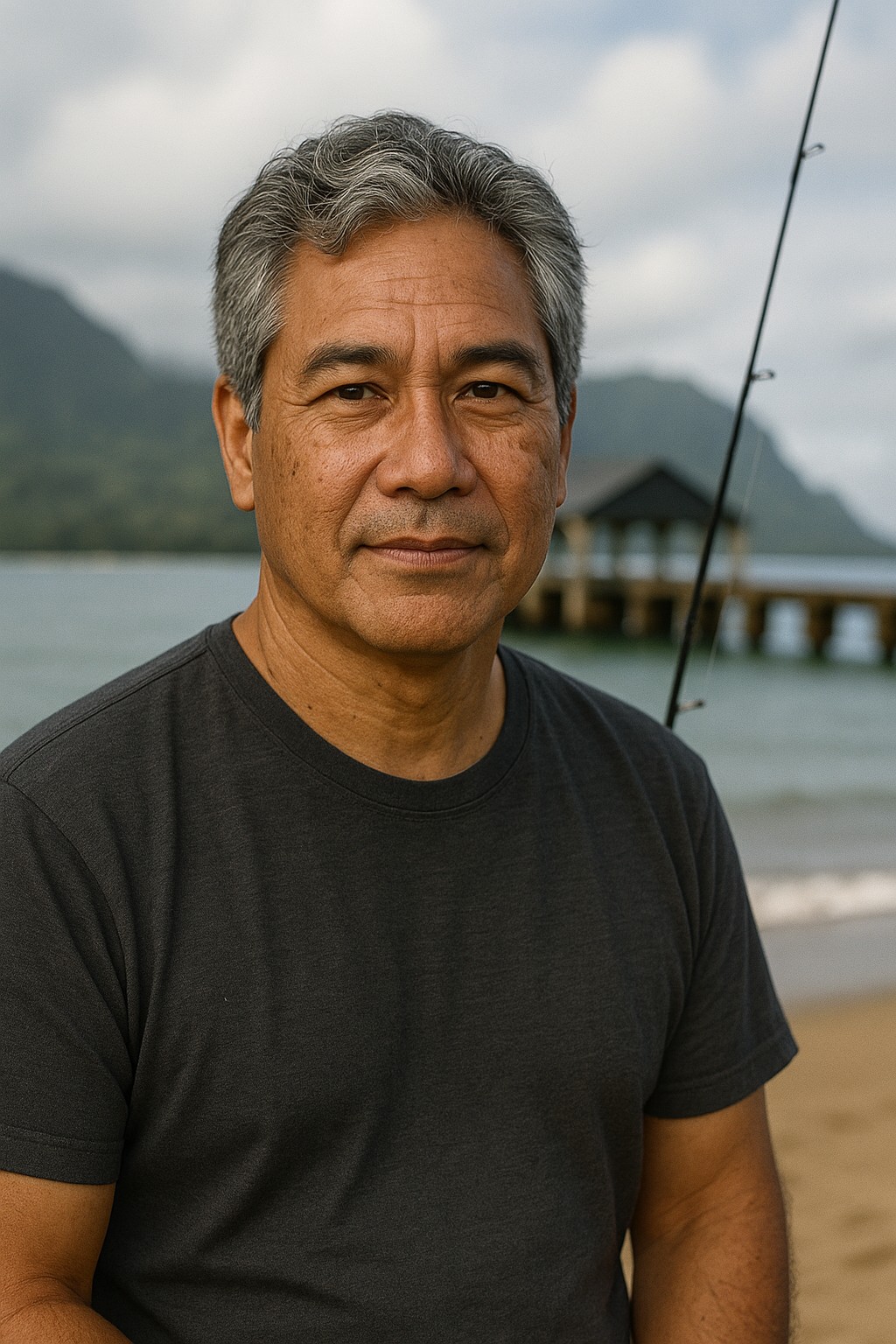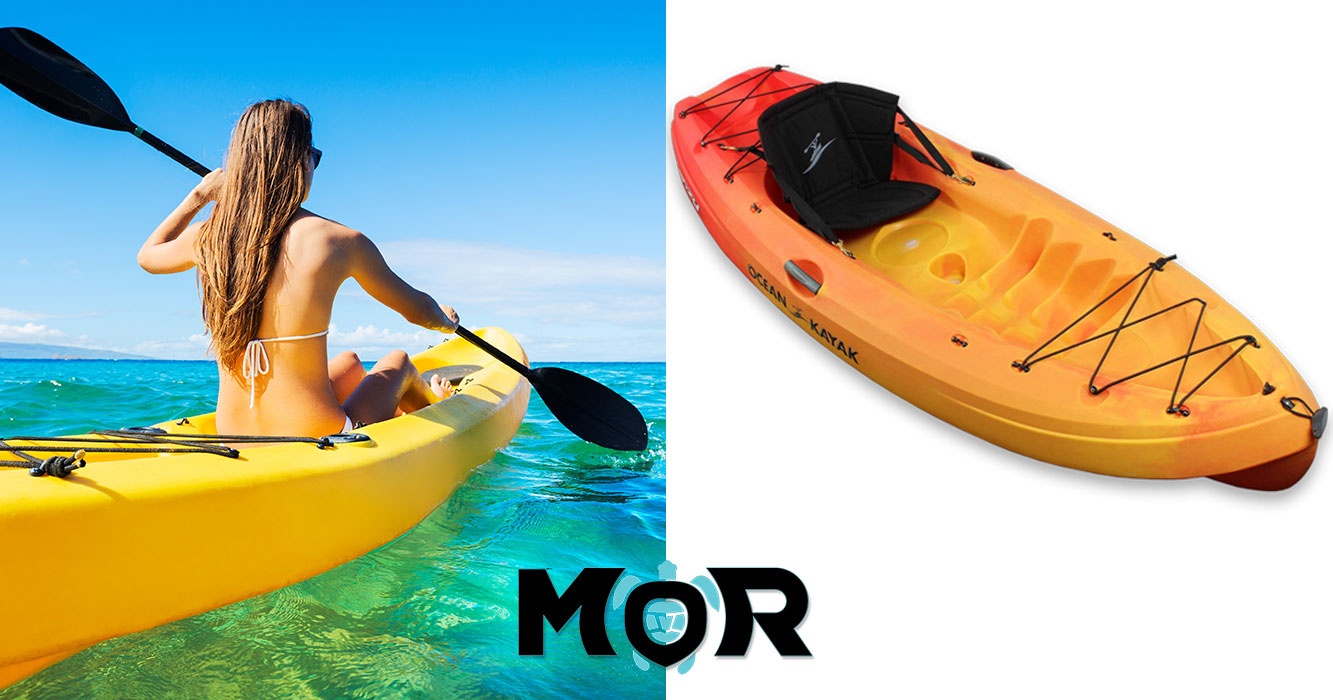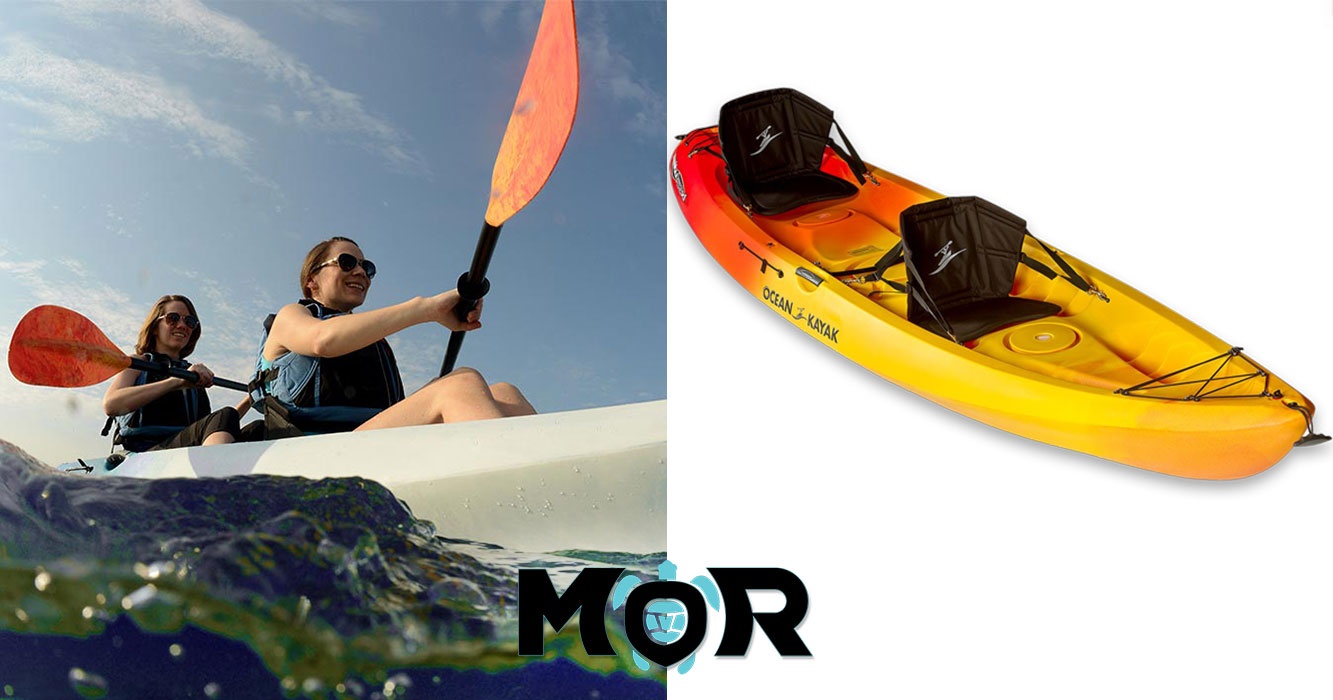
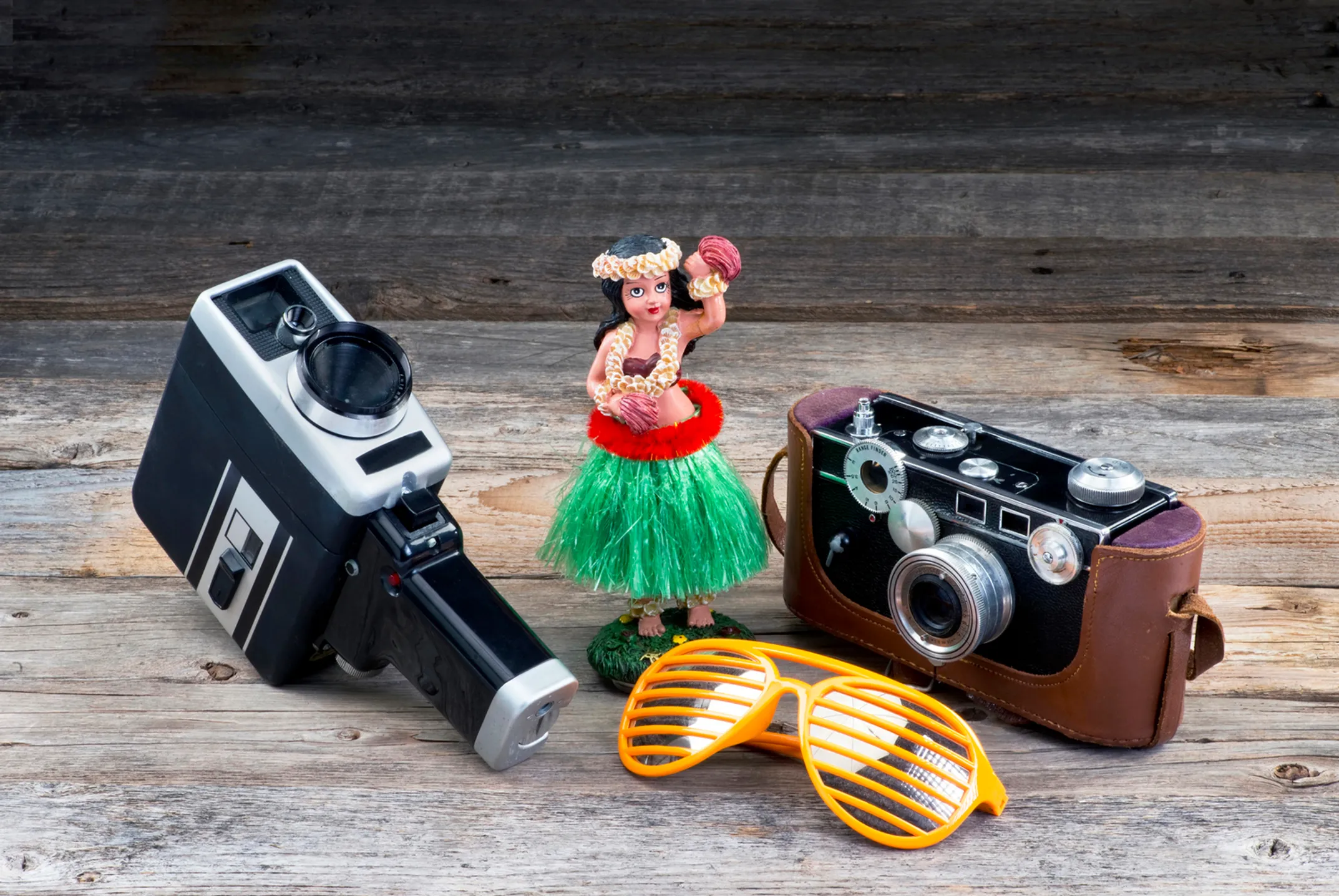
The Rise of the Hawaiian Storyteller
The current surge in authentic Hawaiian cinema is no accident. It is the result of a carefully nurtured ecosystem designed to empower local storytellers. It provides them with the tools, funding, and platforms to share their narratives with the world. This Kānaka Maoli renaissance is built on three crucial pillars.
This renaissance represents more than just new voices—it's a reclamation of cultural narrative. For too long, stories about Hawaiʻi were told by outsiders. Now, Indigenous filmmakers are taking control of the camera and the story.
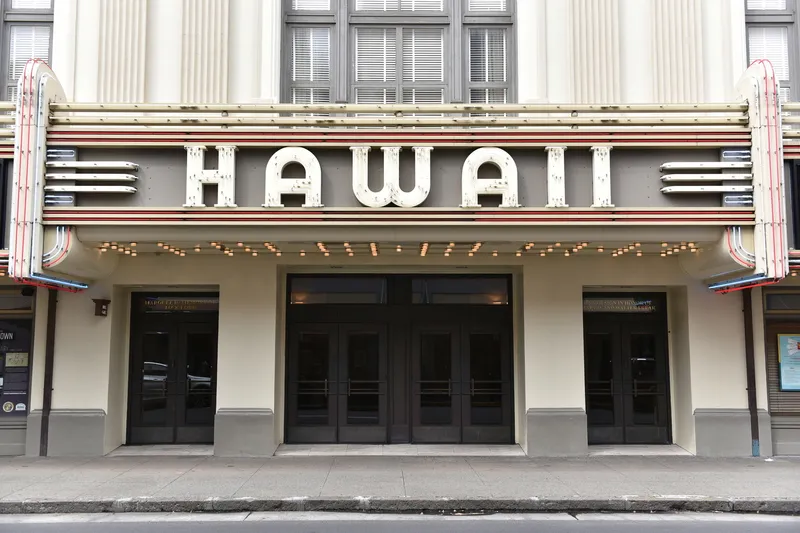
The Three Pillars of Hawaiian Cinema
🎓 Education
University of Hawaiʻi's Academy for Creative Media (ACM) provides comprehensive training across all 10 UH campuses, creating industry-ready talent rooted in Indigenous narratives.
💰 Funding
Organizations like Pacific Islanders in Communications (PIC) and programs like Sundance Institute's Native Lab provide crucial financial support and mentorship.
🎬 Exhibition
The Hawaiʻi International Film Festival (HIFF) serves as the premier platform - the only Academy Award-qualifying festival focused on Asian-Pacific and Native Hawaiian works.
With the opening of the state-of-the-art, $37-million ACM Student Production Center at the UH West Oʻahu campus, the program is creating a direct pipeline of industry-ready talent. This support system is vital for getting projects off the ground that might otherwise be overlooked by mainstream investors. As Christopher Kahunahana notes, investors are not accustomed to a culture of investing in Hawaiian film.
For filmmakers like Kahunahana, HIFF was more than just a venue. It was a childhood inspiration. A place where he first saw films that expanded his worldview beyond what was typically available. By championing local stories, HIFF validates their importance and ensures they are seen on a world stage.
ℹ️ Renaissance Era
- Time Period: 2010s-Present
- Key Focus: Indigenous Voices
- Education Hub: UH ACM
- Platform: HIFF
- Goal: Cultural Reclamation
🏛️ Supporting Institutions
- UH Academy for Creative Media
- Pacific Islanders in Communications
- Sundance Institute's Native Lab
- Hawaii International Film Festival
Five Essential Hawaiian-Produced Films to Watch
The films emerging from this renaissance are not the idyllic fantasies of old Hollywood. They are powerful, contemporary, and unflinching. They use the medium to dissect the modern realities of life in Hawaiʻi. They confront the consequences of the myths that Hollywood helped create. Here are five essential films that offer a window into the true soul of Hawaiian cinema.
🏆 Waikiki (2020)
Director: Christopher Kahunahana | Awards: Best Feature at HIFF and LA Asian Pacific Film Festival
The first narrative feature directed by a Native Hawaiian filmmaker to be produced through the Sundance Labs, Christopher Kahunahana's Waikiki is a visceral and haunting masterpiece. The film follows Kea, a hula dancer and schoolteacher teetering on the edge of homelessness after fleeing an abusive relationship. Her story unfolds against the stark, unglamorous backdrop of the very tourist district that sells a dream of paradise. It is a powerful and necessary counter-narrative. As Kahunahana intended, it pulls back the curtain to show "what's going on for real."
⚖️ Kuleana (2017)
Director: Brian Kohne | Genre: Hawaiian Noir Mystery | Setting: Maui, 1971
Directed by Maui's Brian Kohne, Kuleana is a gripping "Hawaiian noir" mystery set in 1971. The story centers on a disabled Vietnam veteran who must rediscover his kuleana—a uniquely Hawaiian concept of responsibility and privilege—to protect his family's land from unscrupulous developers. The film skillfully weaves together themes of cultural heritage, land rights, and the clash between traditional values and the encroaching "American Dream." It asks tough questions about the future of the islands.
🌺 The Haumana (2013)
Director: Keo Woolford (late) | Focus: Cultural Depth of Hula | Audience: Festival Favorite
The late Keo Woolford's directorial debut is a heartwarming and insightful look at the true meaning of hula. The film tells the story of Jonny Kealoha, a charismatic host of a touristy lūʻau show who reluctantly takes over a high school boys' hula class after his former teacher passes away. Through teaching the students (haumana), he rediscovers the cultural depth and spiritual significance of the dance he had been commercializing. The film was a festival favorite. It was praised for showing hula from the "inside out" and exploring its role in preserving culture for a new generation.
🏳️⚧️ Kumu Hina (2014)
Subject: Hinaleimoana Wong-Kalu | Awards: Independent Lens Audience Award, GLAAD Outstanding Documentary
This award-winning documentary provides an intimate portrait of Hinaleimoana Wong-Kalu, a revered Native Hawaiian teacher, cultural practitioner, and māhū (a person who embodies both male and female spirits). The film follows Kumu Hina as she mentors a young student who is also "in the middle" and navigates her own personal life. All while championing traditional Hawaiian values of love, honor, and respect for all—the true meaning of aloha. The film is a vital exploration of gender identity, cultural preservation, and inclusivity within a modern Hawaiian context.
🔗 Out of State (2017)
Director: Ciara Lacy | Setting: Arizona Private Prison | Awards: Best Feature at HIFF
From Native Hawaiian director Ciara Lacy, this powerful documentary follows two Hawaiian men who are shipped thousands of miles to a for-profit private prison in the Arizona desert. Far from their home and culture, they find an unlikely path to rehabilitation by joining a program where they learn and practice Hawaiian traditions. From language to chant and dance. The film is a poignant look at the overrepresentation of Native Hawaiians in the prison system and the healing power of cultural connection, even in the most desolate of places.
Exclusive Q&A: Voices from the ʻĀina
To understand the driving force behind this film movement, I sought out the voices of the filmmakers themselves. Their words reveal a shared mission rooted in authenticity, necessity, and a deep love for their home.
Kalani Miller to Christopher Kahunahana:
"Christopher, your film Waikiki was made with a raw, independent spirit. What did it take to get that story on screen?"
Christopher Kahunahana: "I kind of wrote it as something that I could produce myself. I said hey, all I need is an actress, a cameraman, a van... The van, you know, had two functions... it acted as like the picture car and also acted as a production vehicle. And worst-case scenario, if the film never went anywhere, I thought I could live in it." It was difficult because there's not a culture of investing in film in Hawaiʻi. People weren't rushing to invest in an independent feature from an unknown Hawaiian director. But I hope Waikiki shows people that there is potential for our stories to be accepted.
Kalani Miller to Ciara Lacy:
"Ciara, your documentaries like Out of State and This Is the Way We Rise focus on contemporary issues within the Native Hawaiian community. What motivates your storytelling?"
Ciara Lacy: My Native Hawaiian identity drives the intimacy and authenticity in my work. Out of State follows native Hawaiian inmates discovering their culture in an Arizona prison. This Is the Way We Rise follows slam poet Jamaica Osorio as her activism to protect Maunakea reinvigorates her art. These are the stories of my community. They explore complex questions of identity, justice, and sovereignty. They are stories that need to be told, from our perspective.
Kalani Miller to Hinaleimoana Wong-Kalu:
"Hinaleimoana, as a filmmaker and cultural practitioner, what is the role of digital media in your work?"
Hinaleimoana Wong-Kalu: I use digital media to protect and perpetuate indigenous languages and traditions. Films like Kapaemahu and the documentary Kumu Hina are ways to share our stories, our values, and our history with the world. They ensure they are not lost. It is about ensuring there is a place "in the middle" for all, just as our culture has always taught.
Their collective message is clear: Hawaiian cinema today is about telling their own stories, for their own people, first and foremost. It's an act of cultural preservation. A declaration of presence. A powerful correction to a century of film misrepresentation.
